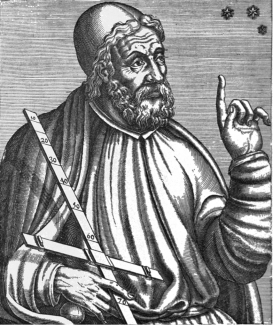Did Ptolemy—as he claims––catalogue his own star observations in the Almagest, or were the coordinates measured more than two hundred years ago by Hipparchus? If so, did Ptolemy only correct the data in line with the precision of the scientific methods of his time? This controversial question dates back to Tycho Brahe. It could be established that the coordinate fragments of the only handed-over Hipparchian source show the same systematic errors as the coordinates in the Almagest, which proves that Ptolemy must at least have adopted parts of his catalogues from older sources. How is this finding to be interpreted from the perspective of an historian of science? Did Ptolemy deliberately deceive his readers about the origin of his empirical data? The solution to this problem—as the argument runs—is that the concept of empirical data is to be interpreted differently if applied to the time of Antiquity or modern times. In ancient times, no medians were calculated; the scientists were thus obliged to confirm numerical data differently than we do today, where the median of a set of slightly different numerical data represents these data. In Antiquity, only one value could be “true.” i.e., only one value of the measured data—or a completely different value—but which one? In ancient times the value was chosen which would match a particular theory. Thus, before Ptolemy would accept a value as valid, it must have been confirmed theoretically.

Representation of Ptolemy. Previously published in Les vrais pourtraits et vies des hommes illustres grecz, latins, et payens recueilliz de leurs tableaux livres et medalles antiques, et modernes. Par Andre Thevet angoumoysin, premier cosmographe du roy., premier tome, livre II, chap. 41, "Claude Ptolemee Pelusien," p. 87. Published by Blanche Marantin and Guillaume Chaudiere, Paris, 1584. Source: Wikipedia Commons.
Project
(2017-2023)
Ptolemy’s Astronomy
- Gerd Grasshoff
